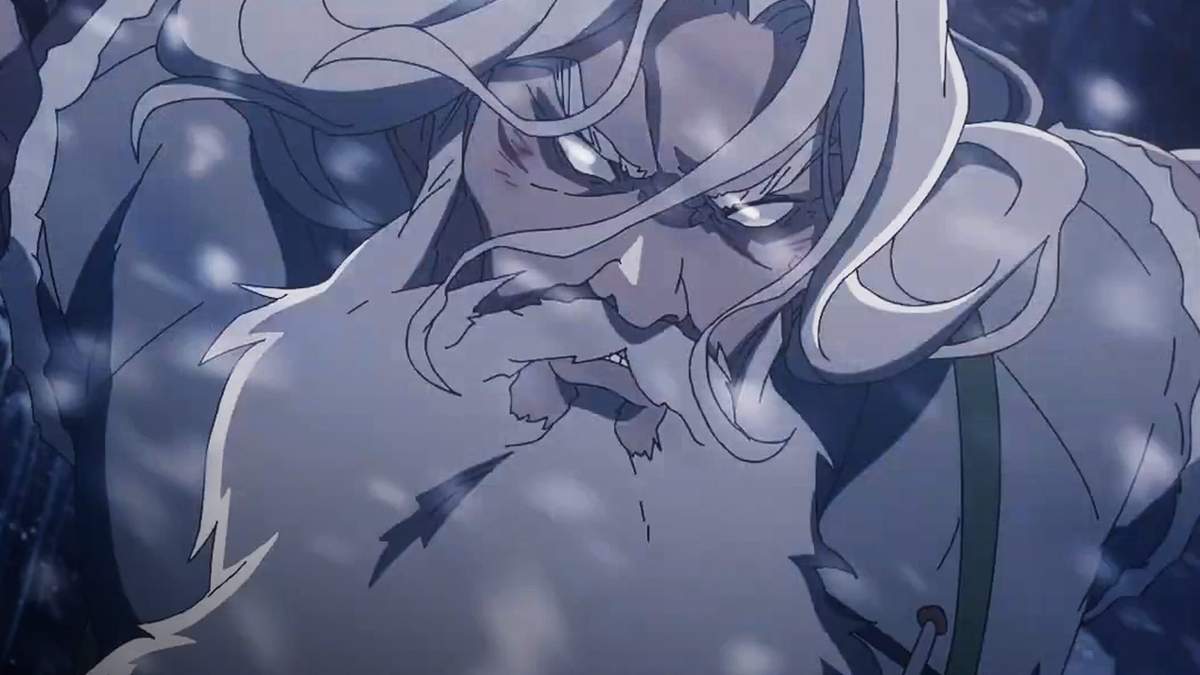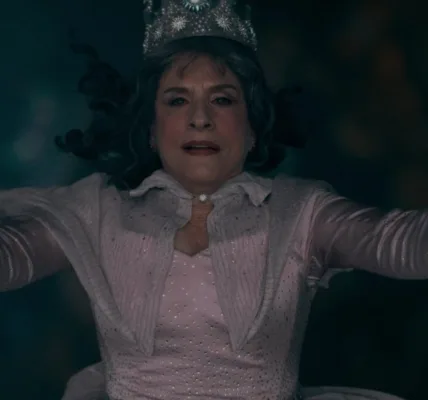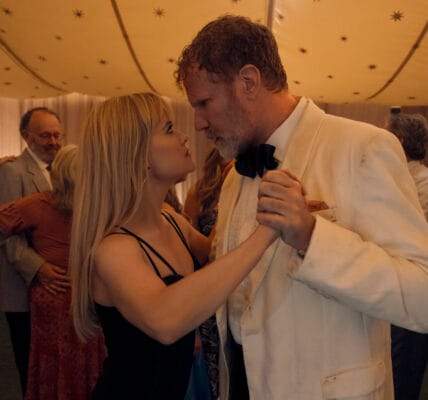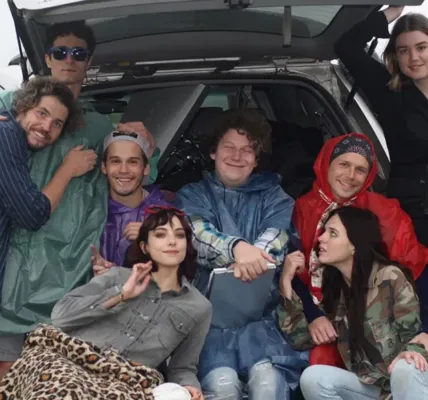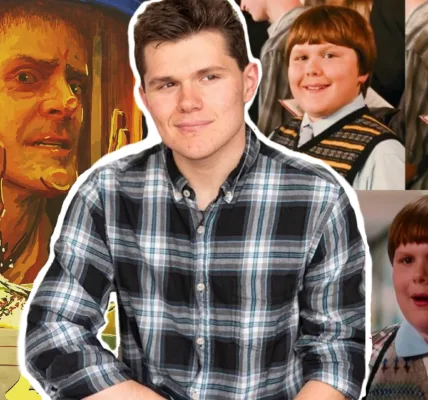‘The Lord of the Rings: The War of the Rohirrim’ Review: Middle Of The Road Middle Earth Story
The first Lord of the Rings film in ten years returns audiences back to Middle Earth, but how does it compare to the live-action instalments? Find out inside.
Over the past 25 years, filmmaker Peter Jackson has been crafting some of the most groundbreaking films ever. Beginning with his adaptive trilogy of J.R.R Tolkien’s The Lord of the Rings, which released yearly from 2001 (The Fellowship of the Ring) to 2003 (The Return of the King), to his legacy prequel adaptations of The Hobbit, expanding one book into three films, he’s responsible with, in my opinion, creating some of the best films ever. That initial trilogy has been a tradition for me each year, watching each extended edition in one sitting annually. The Hobbit films, while poorly received in comparison, I can find some enjoyment in too, largely put down to the Odyssey-like storytelling and a charismatic cast. So when I heard a Peter Jackson-produced anim(e)ated Lord of the Rings film was in the works at Warner Bros., it immediately skyrocketed to the top of my anticipation list. Read our full The Lord of the Rings: The War of the Rohirrim review.
Now that the film is here, it’s easy to see that my initial expectations had not been met, but my adjusted expectations, a product of lack of hype and lack of marketing, definitely were. Kenji Kamiyama, the directorial mind behind several popular series’ like Blade Runner: Black Lotus, and Ghost in the Shell, served as director here and brought a new style to Middle Earth, the world in which the films take place. The decision for this project to be animated did turn out to be a poor one but not for a lack of effort on Kamiyama’s part. The animation is both too detailed and not detailed enough, where the backgrounds almost feel life-like and the character models are by comparison bare. It’s this combination that ruins a lot of the immersion in the film, and it looks pretty good when you calculate the individual factors themselves, but those two factors don’t make a good whole. This combined with the animation lacking a sense of massive scale, which is one of the best aspects of the original films, makes me think that this story shouldn’t have been tackled in animated form.
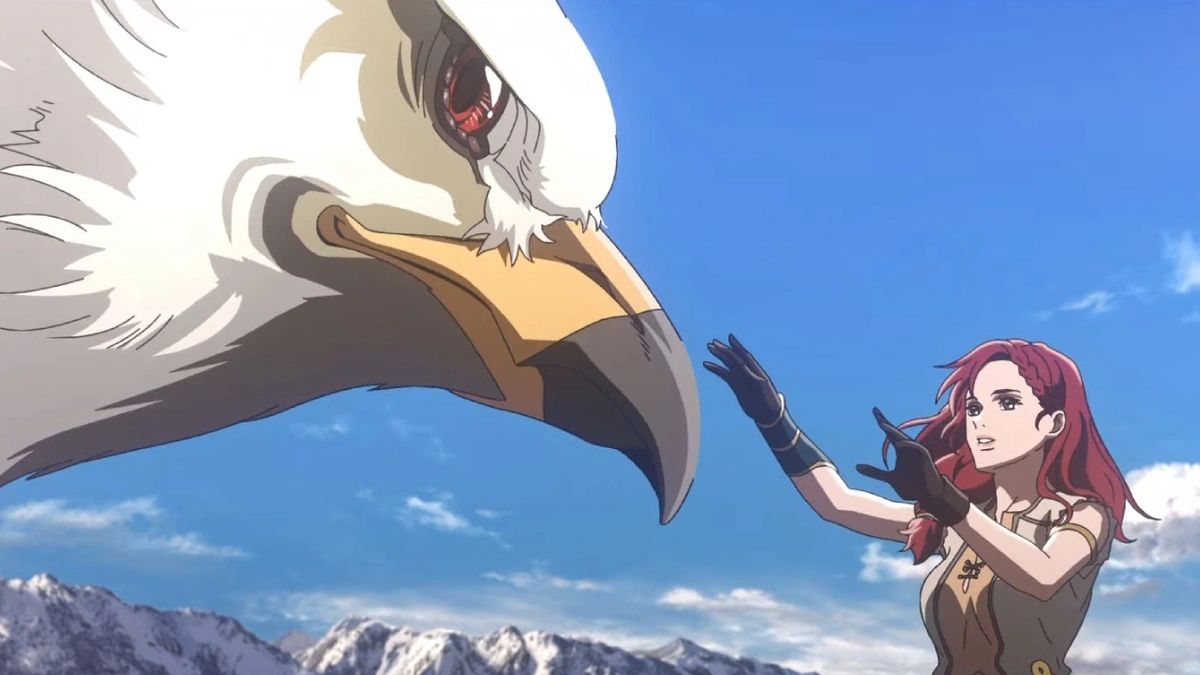
The story is another problem, depending on how you look at it. Birthed from the appendices from J.R.R Tolkien’s works, the source material was not really there for this story they wanted (?) to tell. Following the people of Rohan, an odd 200 years before Bilbo embarked on his Unexpected Journey, the film sees a war break out between the Dunlendings, led by the vengeful Wulf (Luke Pasqualino) who seeks to destroy Rohan following the killing of his father Freca (Shaun Dooley), at the hands of the legendary king Helm Hammerhand (Brian Cox). The film centres on Héra (Gaia Wise), daughter of Helm, as she fights societal norms and becomes a warrior, fighting for her family and people against a friend she once loved. At its core, the story is incredibly basic, a fantasy war film, much like the second two films in the LOTR live-action trilogy. The difference here is that it lacks the execution to be compelling. The way I see it, and this might be a completely out there feeling, but it seems Kenji Kamiyama wanted to direct a Western animated film, and Warner Bros. needed a new Lord of the Rings film, and the two came together to force out a story that didn’t need telling. Sure, there is definite passion and love poured into this film, but I can’t help but think there were more demanding tales- what about a fairytale-like ballad telling the story of Tom Bombadil? Or a prequel with Smeagol? Tolkien’s works are so rich with diverse stories that I struggle to find a reason why they chose the creation of Helm’s Deep of all things to focus on.
I did like the worldbuilding in the film though, with mentions of many key locations, characters, and creatures. From Helm’s Deep, where much of the film takes place, and Isengard, to an appearance from Saruman (with archival appearance of the late great Christopher Lee), some Orcs played by Billy Boyd and Dominic Monaghan (the actors who play Pippin and Merry in the OG trilogy), as well as mentions of Sauron and Gandalf, this film has it all and really feels like a beautiful return to Middle-Earth. It’s something this film does exceptionally well, likely a product of Jackson’s production as it’s something missing in the Prime Video series Rings of Power. Several technical elements also feel on point with the stylistic choices of the earlier films, with the animators nailing the mapping seen in those movies. The biggest thing that contributes to this sense of in-universe connectivity is the score, which reuses many themes and motifs from Howard Shore’s original scores, as Stephen Gallagher, the music editor of the Hobbit films, composed the score for this film.
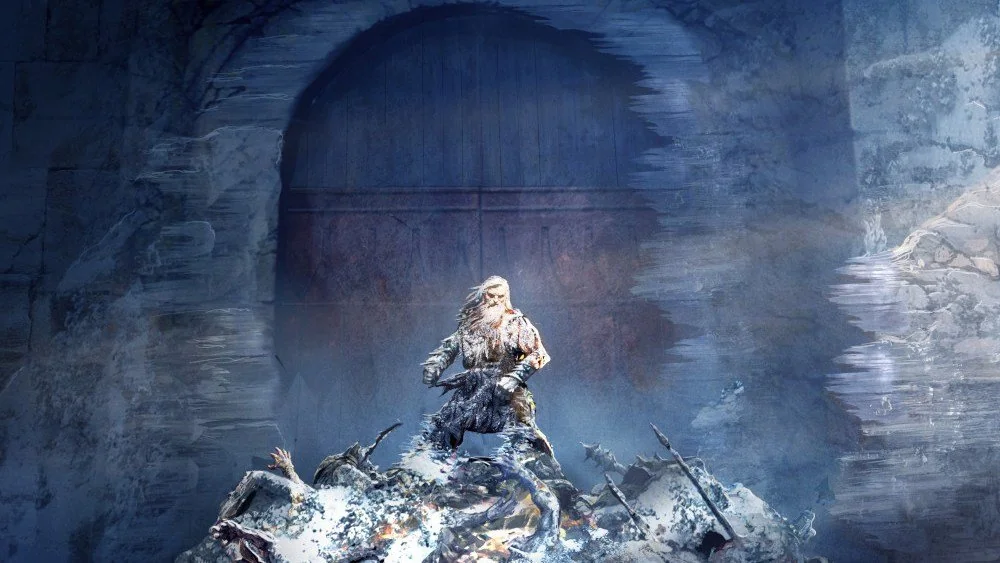
The final moments of the film also was the most emotional part, with the film dedicated to the memory of Bernard Hill, the actor who portrayed the iconic King Théoden of Rohan in Peter Jackson’s trilogy, who passed away earlier this year. It’s a tragic coincidence, and ultimately the right thing to do by the filmmakers here, as Rohan would not be nearly as beloved without his part. The same can be said for Miranda Otto, the actress who played Éowyn in the trilogy, who reprises her role in this film for narration purposes.
In short, Kenji Kamiyama’s The Lord of the Rings: The War of the Rohirrim works in conjunction with the rest of its universe, but struggles to make a name for itself. With an unpolished story, some questionable animation choices and an excellent sense of style, the film might be too much for the average movie-goer, but fans of Tolkien will be sure to enjoy the release.
When it comes down to it, I feel like it was a good instalment in the now seven-film-long Lord of the Rings slate, but not necessarily a welcome one. As long as more Lord of the Rings films keep being made, I’ll be seated as a fan of the franchise both in a literary and visual sense. I’m definitely curious how they’ll put The Hunt for Gollum together.
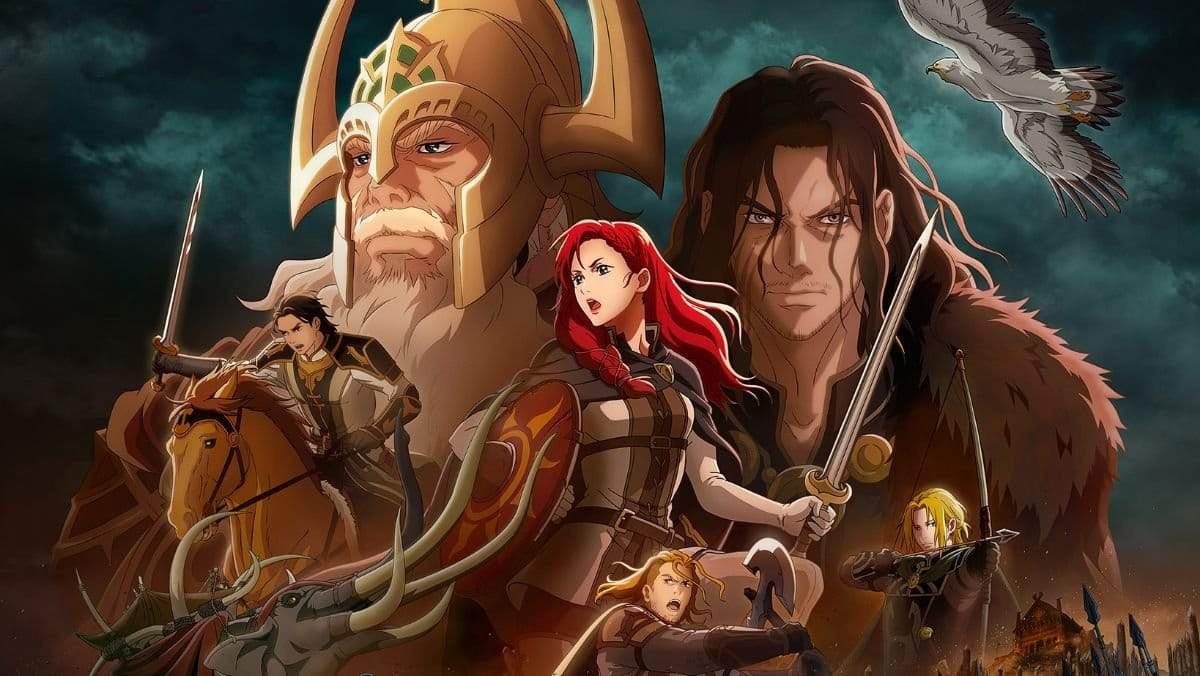
The Lord of the Rings: The War of the Rohirrim was directed by Kenji Kamiyama, written by Jeffrey Addiss, Will Matthews, Phoebe Gittins, Arty Papageorgiou, and Phillipa Boyens, and starred Brian Cox as Helm Hammerhand, Gaia Wise as Héra, Luke Pasqualino as Wulf, Shaun Dooley as Freca, Miranda Otto as Éowyn, Lorraine Ashbourne as Olwyn, Yazdan Qafouri as Hama, Benjamin Wainwright as Haleth, Laurence Ubong Williams as Fréaláf Hildeson, Billy Boyd & Dominic Monaghan as Shank & Wrot, and the late great Christopher Lee as Saruman the White. The film was released in theatres worldwide starting December 13th, 2024, and will soon be available on streaming services.
Thanks for reading this The Lord of the Rings: The War of the Rohirrim review. For more Lord of the Rings coverage, including Rings of Power and The Hunt For Gollum, stay tuned here at Feature First.



